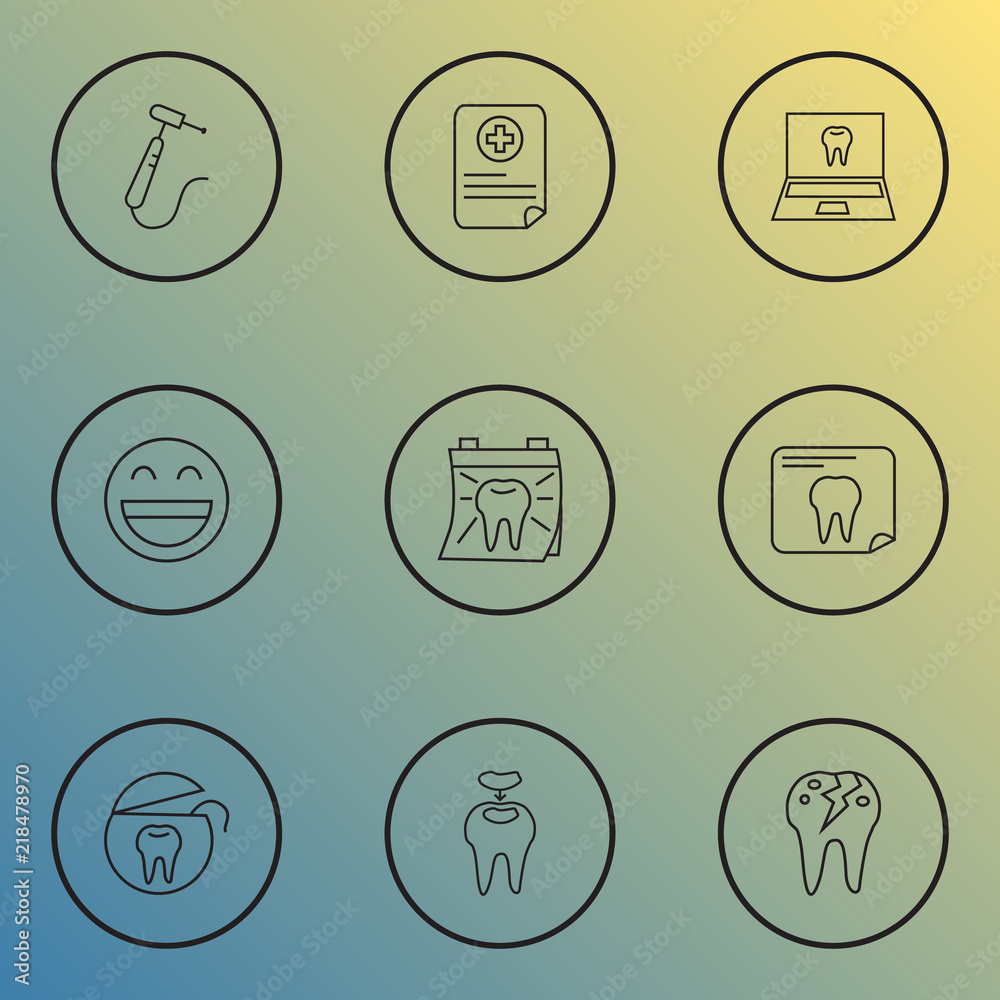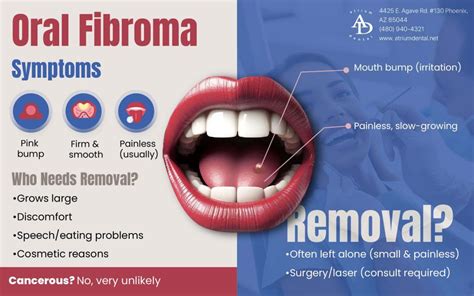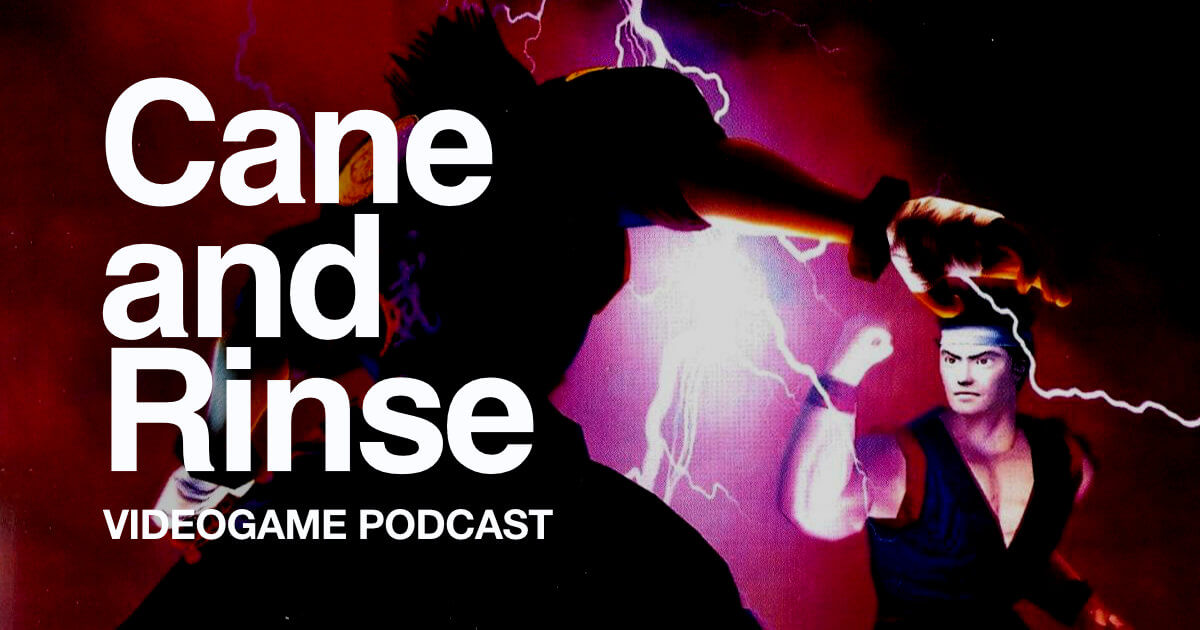Cracked Tooth X Ray

When it comes to diagnosing dental issues, one of the most valuable tools at a dentist’s disposal is the X-ray. Among the various dental problems that can be identified through X-ray imaging, a cracked tooth is particularly significant due to its potential to cause severe pain and lead to more serious complications if not addressed promptly. The process of identifying a cracked tooth through an X-ray involves a combination of technical skill, knowledge of dental anatomy, and experience in interpreting radiographic images.
Understanding Dental X-Rays
Dental X-rays are a crucial diagnostic tool used in dentistry to visualize the internal structures of the teeth and surrounding bone. These images can reveal details that are not visible during a routine dental examination, such as the presence of cavities, the extent of tooth decay, signs of periodontal disease, and fractures or cracks in the teeth. There are several types of dental X-rays, including bitewing X-rays, which show the upper and lower teeth biting down on a piece of film, and periapical X-rays, which provide a view of the entire tooth, from the crown to the root.
Identifying a Cracked Tooth on an X-Ray
Identifying a cracked tooth on an X-ray can be challenging because the crack may not always be visible, especially if it is very fine or if it does not extend far enough into the tooth to be detectable by X-ray. However, experienced dentists and radiologists look for several signs that may indicate the presence of a crack:
Vertical or Horizontal Lines: A visible line on the X-ray image that runs along the length or width of the tooth might indicate a crack. However, not all lines seen on an X-ray are cracks; they could also represent other anomalies or artifacts.
Discoloration or Radiolucency: Sometimes, a crack can allow bacteria to penetrate deeper into the tooth, leading to changes in the tooth’s density. This might appear as a darker or more radiolucent area on the X-ray, suggesting the presence of a crack or other dental issues.
Crown or Root Fracture: In cases where the crack is more pronounced, it might be directly visible on the X-ray as a break in the continuity of the tooth structure. This is more common in cases of severe trauma.
Adjacent Bone Changes: If a cracked tooth leads to pulpitis or abscess formation, changes might be observable in the surrounding bone on an X-ray, such as a radiolucent area indicating infection.
Diagnostic Challenges
Despite the utility of X-rays in dental diagnostics, there are limitations to their use in identifying cracked teeth. These challenges include:
- Sensitivity: X-rays may not be sensitive enough to detect very fine cracks or those that do not significantly alter the tooth’s internal structure.
- Interpretation: The interpretation of X-ray images requires skill and experience. What might appear as a crack to an inexperienced observer could be a normal anatomical variation or artifact.
- Three-Dimensional Visibility: X-rays provide a two-dimensional view of a three-dimensional object. This can sometimes make it difficult to assess the depth or orientation of a crack accurately.
Additional Diagnostic Tools
Given the potential limitations of X-rays in detecting cracked teeth, dentists often employ additional diagnostic tools and methods, including:
- Clinical Examination: A thorough visual examination, including the use of magnification tools like loupes or a microscope, can help identify cracks.
- Transillumination: Shining a bright light through the tooth can make cracks more visible.
- Dye Penetration: Applying a dye to the tooth can highlight cracks, as the dye penetrates more easily into the fracture.
- CBCT Scans: Cone Beam Computed Tomography (CBCT) scans can provide detailed three-dimensional images of the teeth and surrounding bone, offering better visualization of cracks than traditional X-rays.
Conclusion
The diagnosis of a cracked tooth using X-ray imaging is a nuanced process that relies on the dentist’s ability to interpret radiographic signs accurately. While X-rays are invaluable for identifying many dental issues, their limitations in detecting certain types of cracks mean that a comprehensive diagnostic approach, incorporating clinical examination and potentially other imaging modalities, is often necessary. Early detection and treatment of cracked teeth are crucial to preventing further complications, such as pulp infection or tooth loss, and restoring the health and function of the tooth.
FAQs
How does a dentist diagnose a cracked tooth?
+A dentist diagnoses a cracked tooth through a combination of clinical examination, patient history, and the use of diagnostic tools such as X-rays, transillumination, and dye penetration. Sometimes, a CBCT scan may be recommended for a more detailed view.
Can all cracked teeth be seen on an X-ray?
+No, not all cracked teeth can be seen on an X-ray. The visibility of a crack on an X-ray depends on its size, location, and orientation. Very fine cracks or those that do not significantly alter the tooth’s density may not be visible.
What are the potential consequences of an untreated cracked tooth?
+An untreated cracked tooth can lead to several complications, including pain, infection of the pulp, abscess formation, and potentially the loss of the tooth. Early detection and treatment are crucial to prevent these outcomes.


